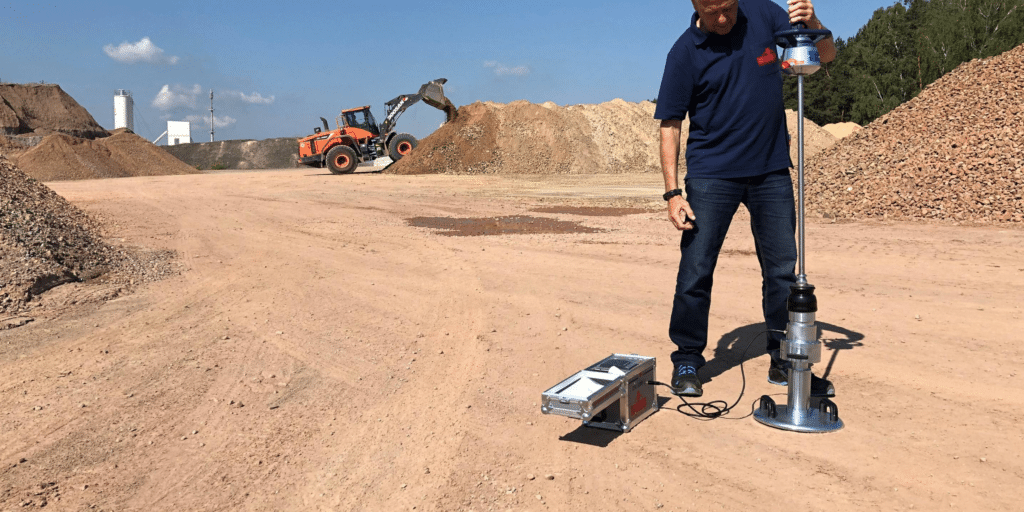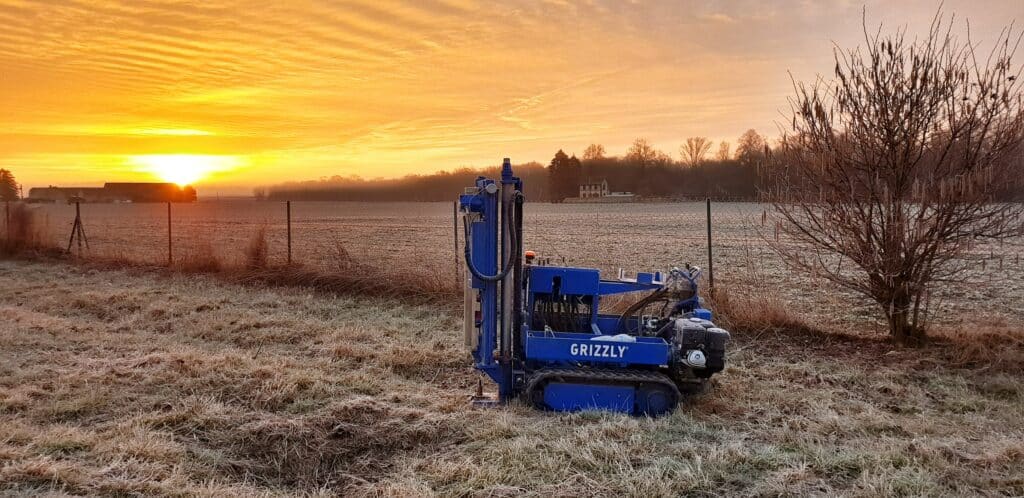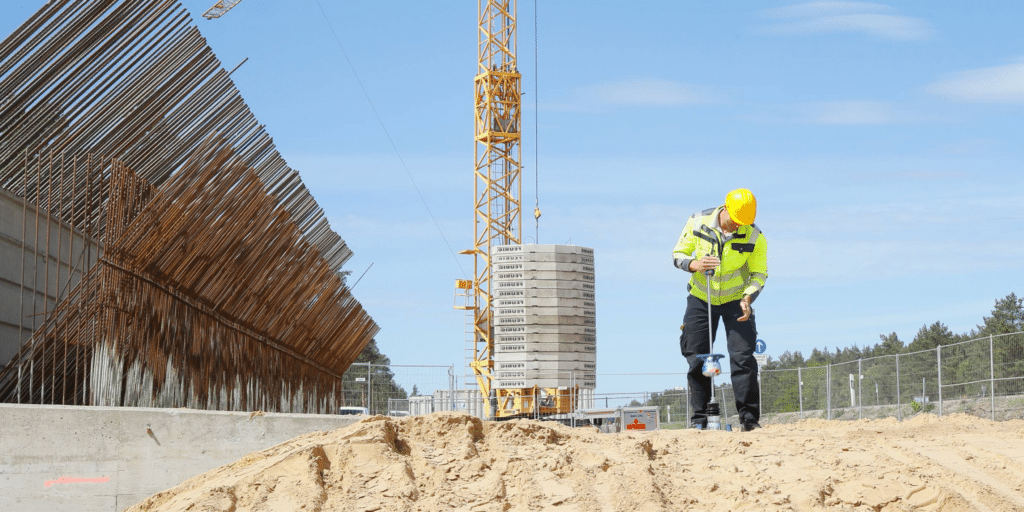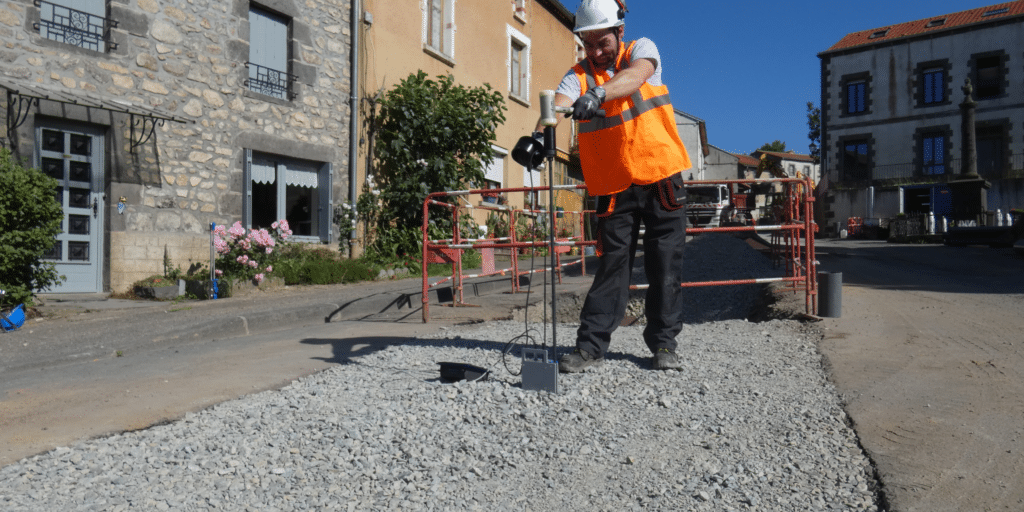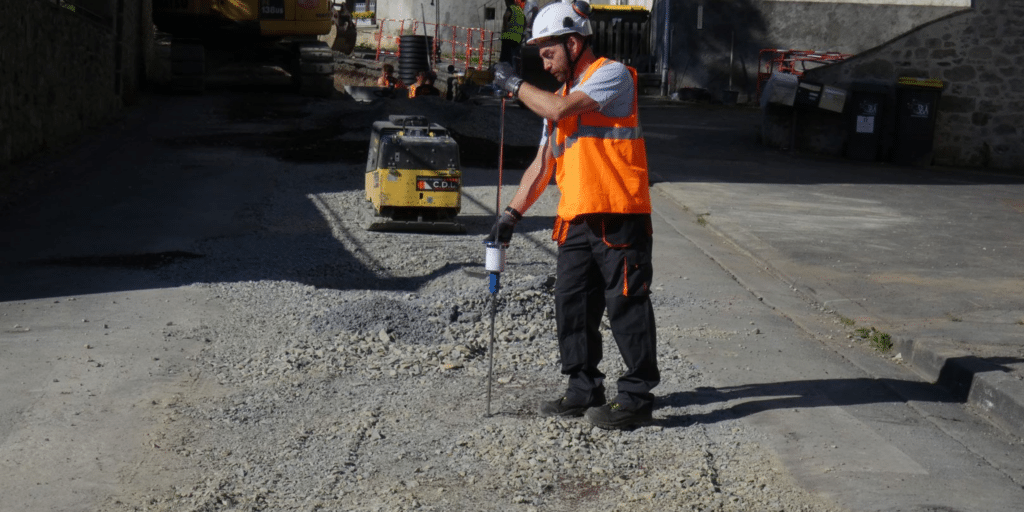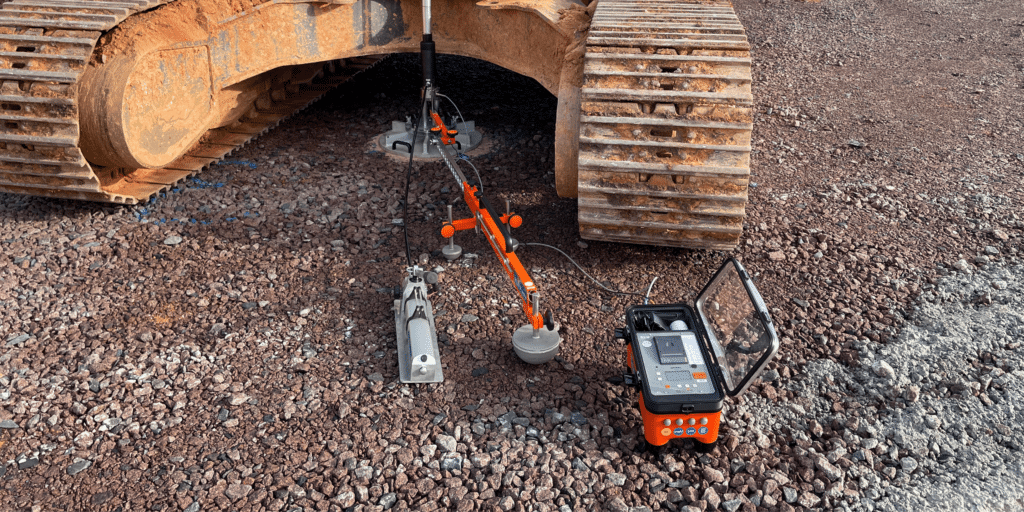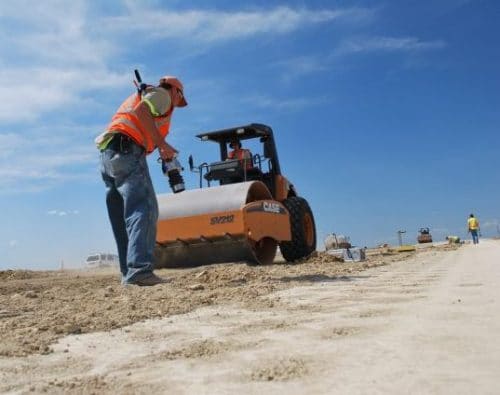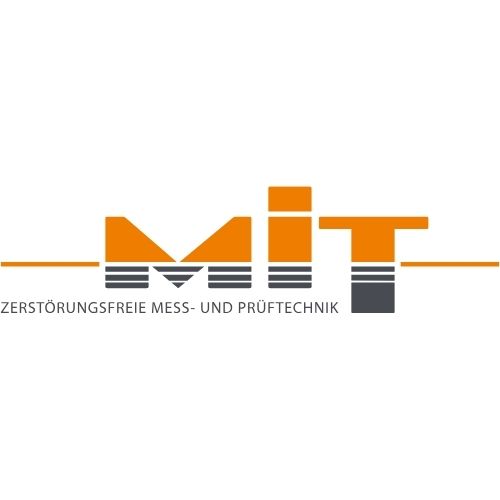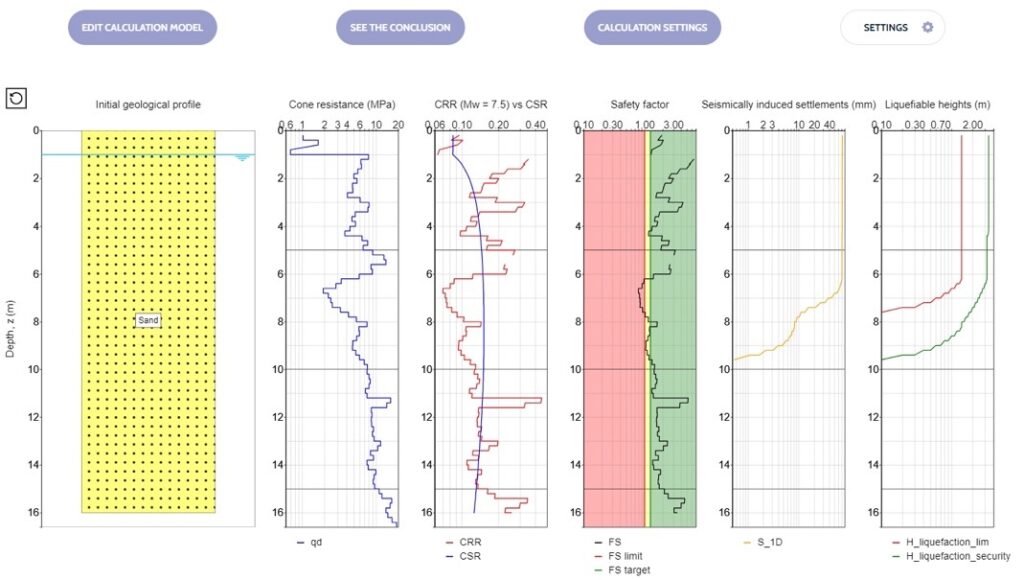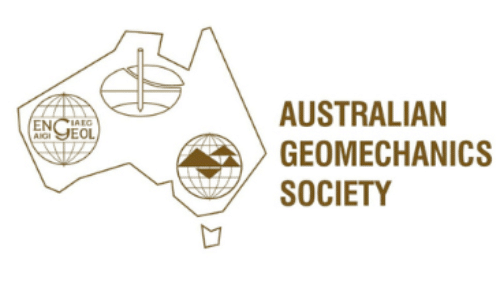Our innovative compaction control methods measure the level of compaction of the formation for unbound or partially bound layers (sub-grade, sub-base, base) and for asphalt layers. Being able to get results immediately enables you can make data backed decisions on the spot.
Our range of innovative compaction control methods enables you to do compaction control in applications that include road construction, cuttings, tunnels, trenches and embankments, railway track beds, airport runways, taxiways, aprons and parking areas, hard standing areas, landfill sites, dams including mine tailings dams, wind farms, temporary works platforms for mobile crane pads or piling rigs, building and temporary structure foundations, pipe & cable laying, electricity pylons / overhead transmission, tank farms and others.
To find out more, Contact Us.

